文章目录
- 安装 helm
- 通过 helm 安装 sonar
- 配置 SonarQube 服务器
- 创建 SonarQube 管理员令牌
- SonarQube 配置添加到 ks-installer
- 创建 Webhook 服务器
- 将 SonarQube 服务器添加至 Jenkins
- 将 sonarqubeURL 添加到 KubeSphere 控制台
- 重启服务
- 为新项目创建 SonarQube Token
官方文档: 将 SonarQube 集成到流水线
安装 helm
先安装helm,可参考文章 CentOS7 安装 helm
通过 helm 安装 sonar
安装命令
helm upgrade --install sonarqube sonarqube --repo https://charts.kubesphere.io/main -n kubesphere-devops-system --create-namespace --set service.type=NodePort
安装成功

查看 SonarQube 的状态
kubectl get pod -n kubesphere-devops-system

输出 sonar 访问地址
export NODE_PORT=$(kubectl get --namespace kubesphere-devops-system -o jsonpath="{.spec.ports[0].nodePort}" services sonarqube-sonarqube)
export NODE_IP=$(kubectl get nodes --namespace kubesphere-devops-system -o jsonpath="{.items[0].status.addresses[0].address}")
echo http://$NODE_IP:$NODE_PORT

默认账号:admin
默认密码:admin
成功访问,ip:32525

配置 SonarQube 服务器
创建 SonarQube 管理员令牌
点击右上角字母 A,然后从菜单中选择 My Account 以转到 Profile 页面。
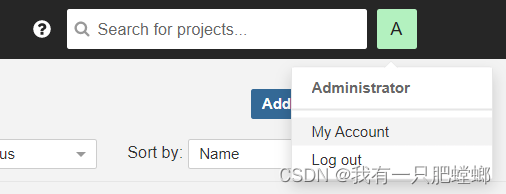
点击 Security 并输入令牌名称,例如 kubesphere

复制 token 并保存好
SonarQube 配置添加到 ks-installer
编辑 ks-installer,或在自定义资源中搜索 ClusterConfiguration,点击 ks-installer 右侧的按钮 ,选择编辑 YAML
kubectl edit cc -n kubesphere-system ks-installer
- externalSonarUrl:sonar 的访问地址
- externalSonarToken:上一步生成的 token
devops:enabled: truejenkinsJavaOpts_MaxRAM: 2gjenkinsJavaOpts_Xms: 512mjenkinsJavaOpts_Xmx: 512mjenkinsMemoryLim: 2GijenkinsMemoryReq: 1500MijenkinsVolumeSize: 8Gisonarqube: # Add this field manually.externalSonarUrl: http://10.xx.xx.xx:32525externalSonarToken: xxxxxx
检查安装过程
kubectl logs -n kubesphere-system $(kubectl get pod -n kubesphere-system -l 'app in (ks-install, ks-installer)' -o jsonpath='{.items[0].metadata.name}') -f
创建 Webhook 服务器
获取 SonarQube Webhook 的地址。
export NODE_PORT=$(kubectl get --namespace kubesphere-devops-system -o jsonpath="{.spec.ports[0].nodePort}" services devops-jenkins)
export NODE_IP=$(kubectl get nodes --namespace kubesphere-devops-system -o jsonpath="{.items[0].status.addresses[0].address}")
echo http://$NODE_IP:$NODE_PORT/sonarqube-webhook/

依次点击 Administration、Configuration 和 Webhooks 创建一个 Webhook

新建

- name:自定义
- url:上面获取的 Webhook
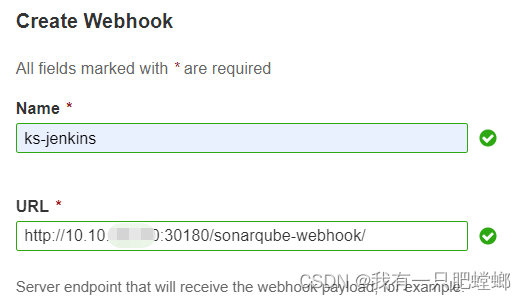
将 SonarQube 服务器添加至 Jenkins
获取 Jenkins 的地址
export NODE_PORT=$(kubectl get --namespace kubesphere-devops-system -o jsonpath="{.spec.ports[0].nodePort}" services devops-jenkins)
export NODE_IP=$(kubectl get nodes --namespace kubesphere-devops-system -o jsonpath="{.items[0].status.addresses[0].address}")
echo http://$NODE_IP:$NODE_PORT

默认账号:admin
默认密码:P@88w0rd
如果报错
WARNING o.s.c.s.ResourceBundleMessageSource#getResourceBundle: ResourceBundle [org.acegisecurity.messages] not found for MessageSource: Can’t find bundle for base name org.acegisecurity.messages, locale en
WARNING o.a.p.l.a.BindAuthenticator2#handleBindException: Failed to bind to LDAP: userDnuid=admin,ou=Users,dc=kubesphere,dc=io username=admin
javax.naming.AuthenticationException: [LDAP: error code 49 - Invalid Credentials]
可以修改密码,参考文章 KubeSphere3.0我在部署devops服务之后,jenkins无法使用ldap账号登录
kubectl patch users admin -p '{"spec":{"password":"Admin123456"}}' --type='merge' && kubectl annotate users admin iam.kubesphere.io/password-encrypted-
系统管理 - Manage Credentials - Jenkins - 全局凭据


Secret text - 全局 - 上面创建的 token
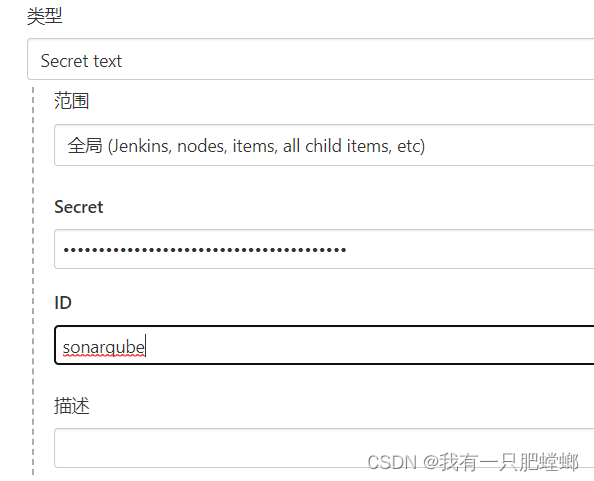
点击 系统管理 - 系统配置 - SonarQube servers - Add SonarQube - 选择sonarqube
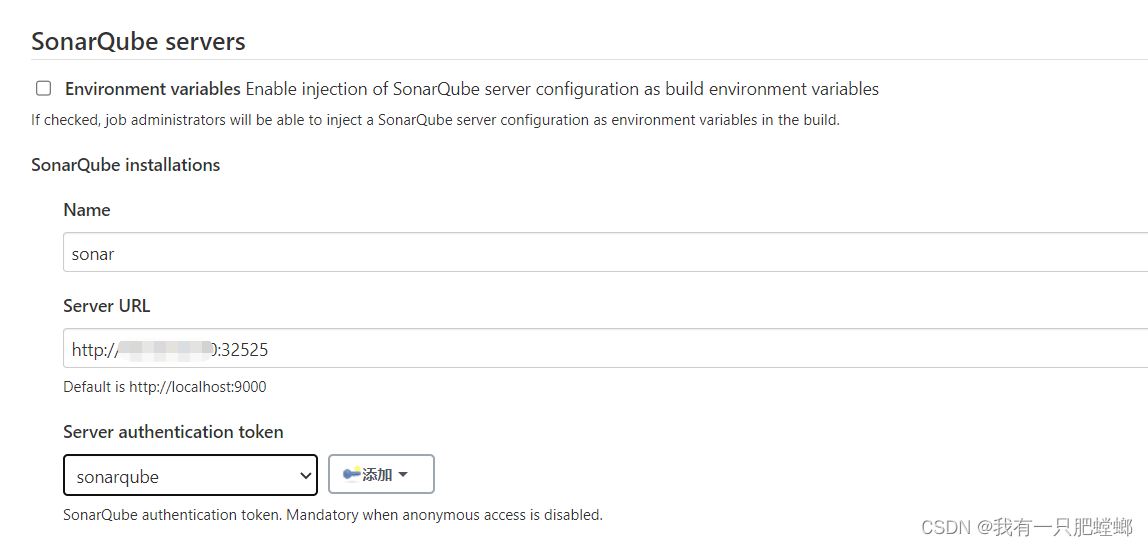
将 sonarqubeURL 添加到 KubeSphere 控制台
编辑 config
kubectl edit cm -n kubesphere-system ks-console-config
搜寻到 data.client.enableKubeConfig,在下方添加 devops 字段并指定 sonarqubeURL。
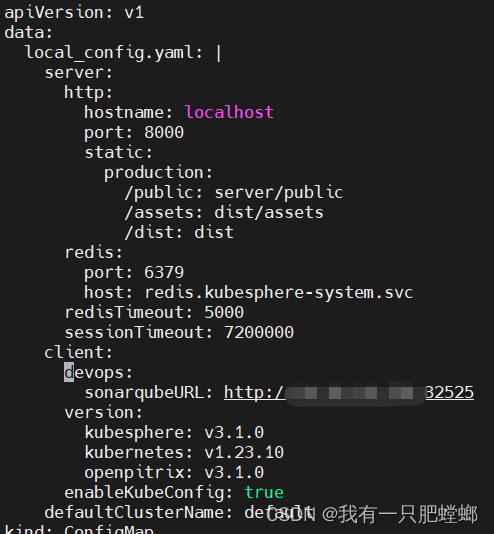
重启服务
kubectl -n kubesphere-devops-system rollout restart deploy devops-apiserver
kubectl -n kubesphere-system rollout restart deploy ks-console
为新项目创建 SonarQube Token
创建项目
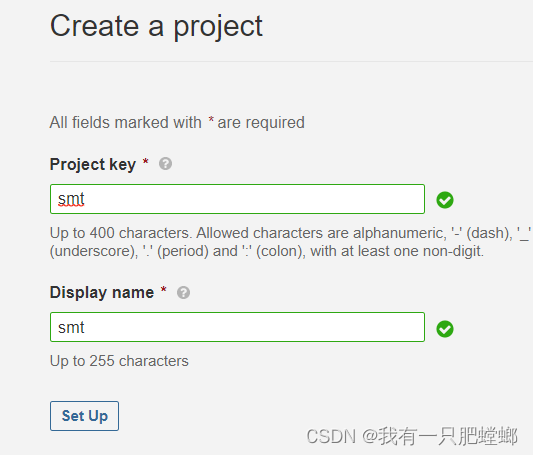
创建 token
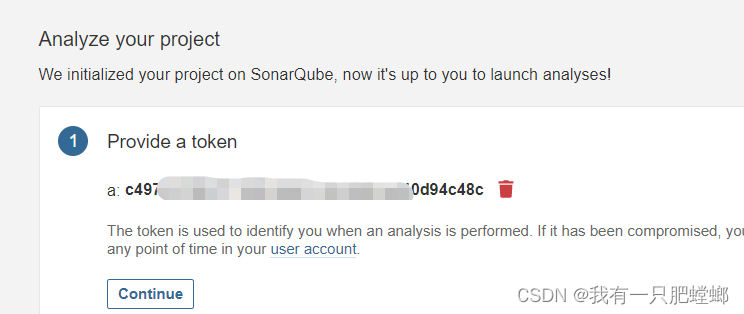
得到 mvn 发布命令
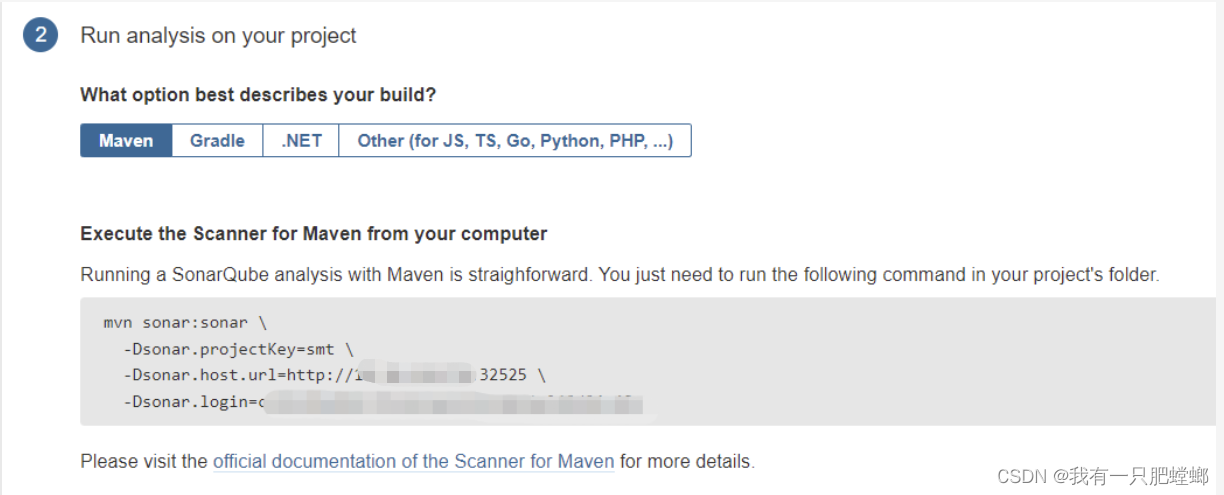
执行命令

成功发布到 sonar










)

![[leetcode] 707 设计链表](http://pic.xiahunao.cn/[leetcode] 707 设计链表)






)
